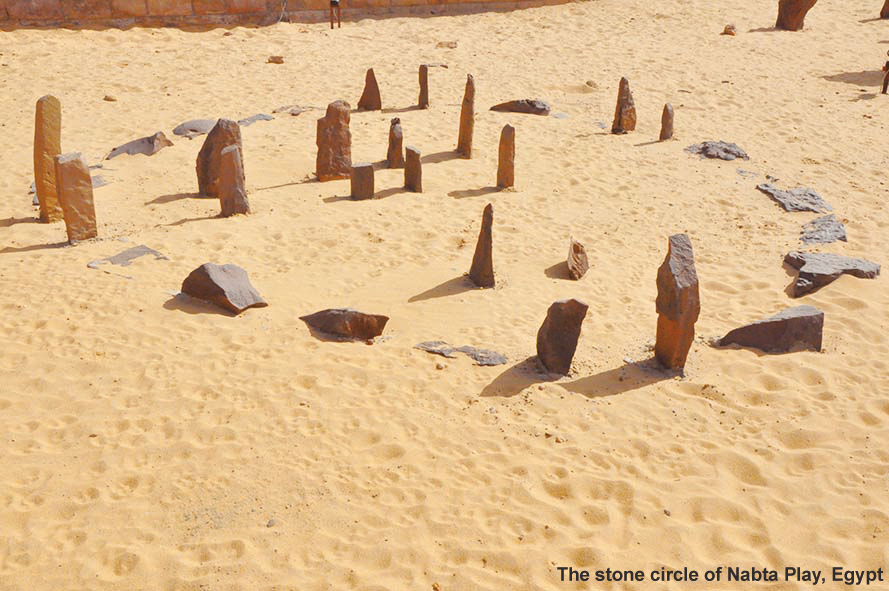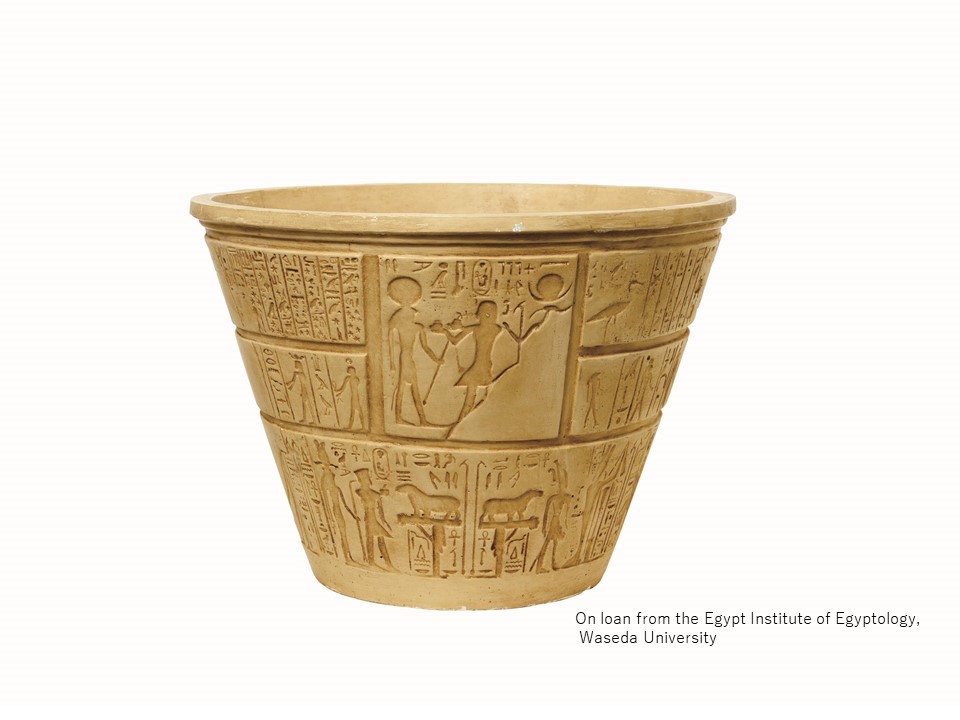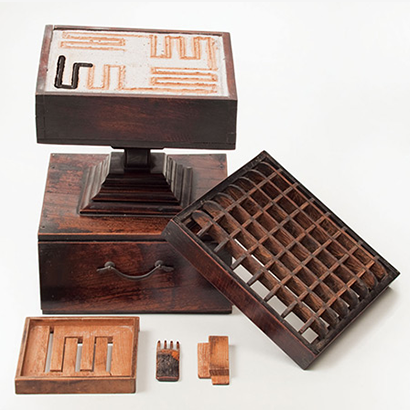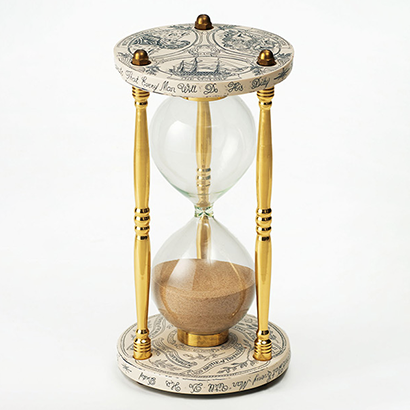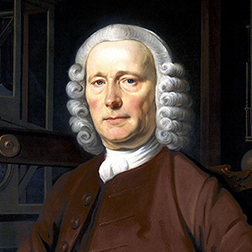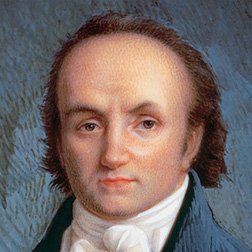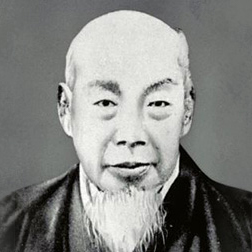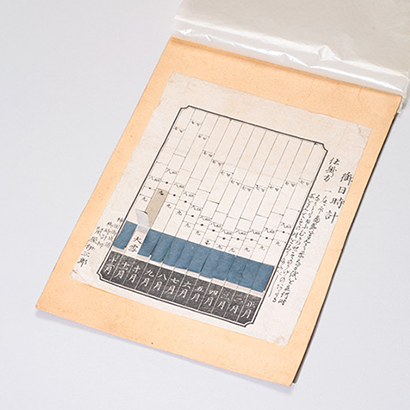Emergence of Sundials
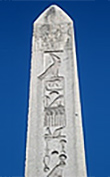
Before civilization, human beings conceptualized time based on the lengths of shadows and the positions of the sun along its passage from east to west from dawn to dusk. They recognized that the sun cast its shortest shadow when it climbed to its highest position in the sky at the midpoint of the day.
In around 4000 B.C., the Egyptians reportedly created a sundial to measure time in fine increments by erecting a vertical rod straight up from the ground.
In around 3500 B.C., the Egyptians built an obelisk as an instrument of sun worship in the upper stream of the Nile in Thebe. By then, the Egyptians could already adjust their measurements from morning to afternoon from season to season by dividing the time between dawn and nightfall into twelve periods.
Later, from 3000 to 2000 B.C., the Sumerians of the Mesopotamian civilization and the Babylonians who succeeded them seemed to have divided day and night into twelve hours. Under their time system, each hour was divided into 60 sexagisimal units and changed in length according to both the season and latitude.
Sundials evolved over the centuries in different ways in various parts of the world, including Greece and Rome. The basic time system, however, remained the same: day and night were divided into twelve equal periods that shifted from season to season. Improvements in basic function and precision of sundials were elusive.
Appearance of Water Clocks
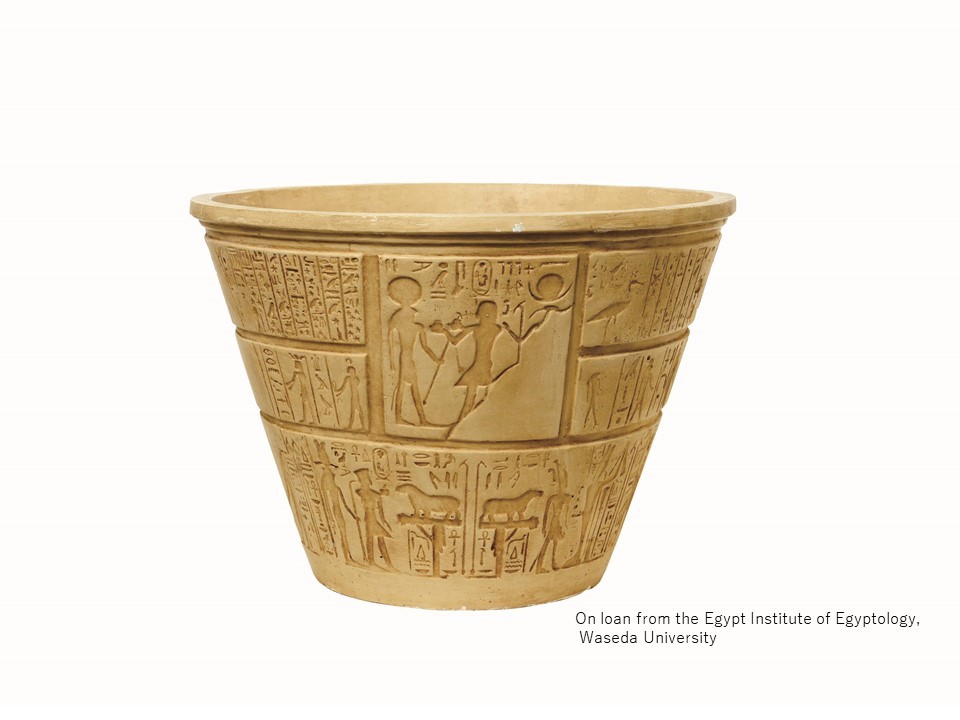
Next, in around 1400 B.C., the Egyptians invented a night clock that conformed to a seasonal time system in which the length of night changed from season to season. The clock was essentially a bucket-shaped vessel with a stoppered hole at the bottom and a scale for each month inscribed on the inner walls. At sunset the vessel was filled with water, a different amount each month, and the stopper was removed. The level of the water surface told the time. Dawn came when the vessel reached empty.
More than a thousand years later, in the 5th century B.C., the Greeks started using water clocks called clepsydra (to “steal water” in Greek). According to “The Apology of Socrates,” Plato’s account of the trial of Socrates in Athens, water clocks were used to measure the time allowed for pleading in judicial proceedings. The water clock was an essential tool in court.
In later days, the ancients made ingenious water clocks with control devices like escapements and clocks that told time with rotund dial faces and pointers that spun on wheels.
An age when time was measured by the shadows of people
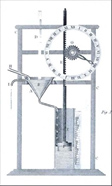
According to a speech from the drama “Assemblywomen” by Aristophanes in Athens of the 4th century B.C., mealtime was customarily determined according to the length of a person’s shadow. Shadows were used as a rough measure, discounting their inevitable changes in length from one season or one latitude to another. As a rule of thumb, mealtime started when a person’s shadow measured twelve paces. Aristophanes’ play demonstrates that the citizens of Athens customarily judged time by the lengths of shadows.
The sundial as the original of timepiece
The original concept of time is based on the yearly revolution of the earth around the sun and daily rotation of the earth on its own axis. The leap year and leap month were invented to correct slight deviations between the manmade calendar and celestial cycles. People determined time with sundials based on the seasonal time system by observing the moving shadows cast by the sun from dawn to nightfall. Sundials were used in both the West and East as the world’s first timepieces, preceding pocket watches and wrist watches by thousands of years.
Between the 17th and 18th centuries, statesmen came to recognize the need for time management based on hours. People in cities were gradually forced to live under a strict regime governed by time. Others, particularly the people of the countryside, lived as ever in slow-moving societies ordered according to the movements of the sun.
References
・Hirai, S., Story of Timepieces, Asahi Shimbun Publisher
・Yamaguchi, R., Timepieces, Iwanami Shinsho
・Ueno, M., Story of Timepieces, Hayakawa Shobo


